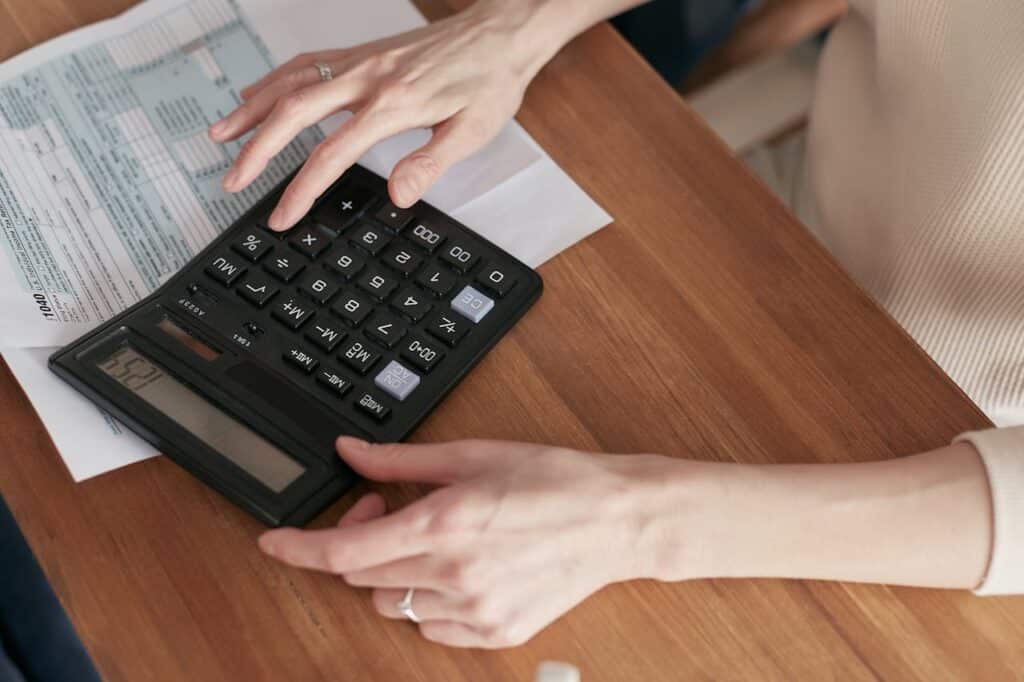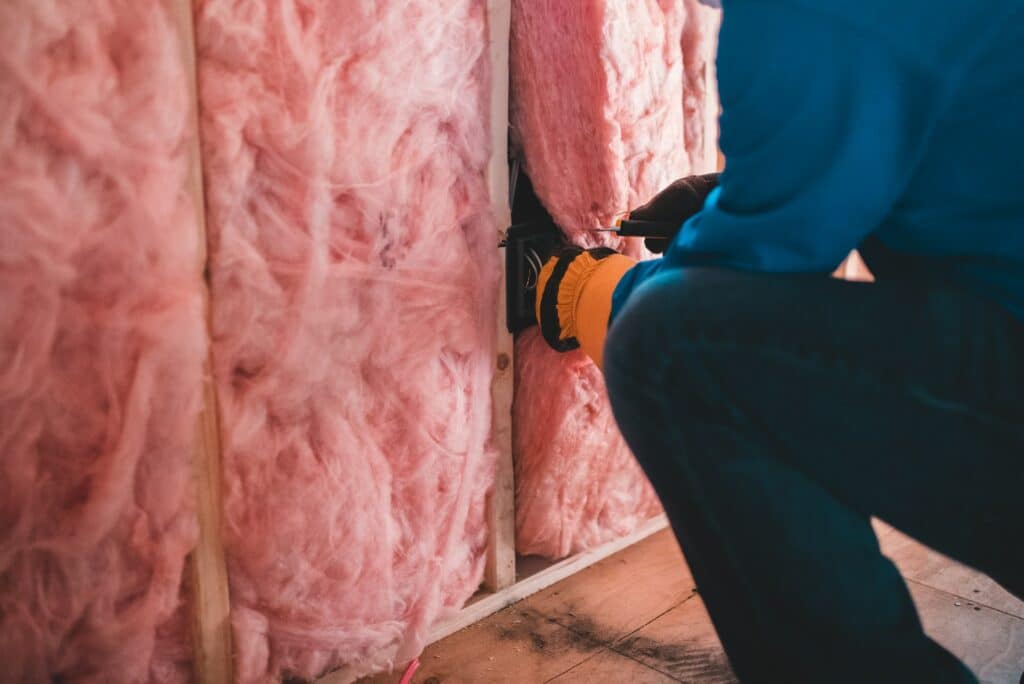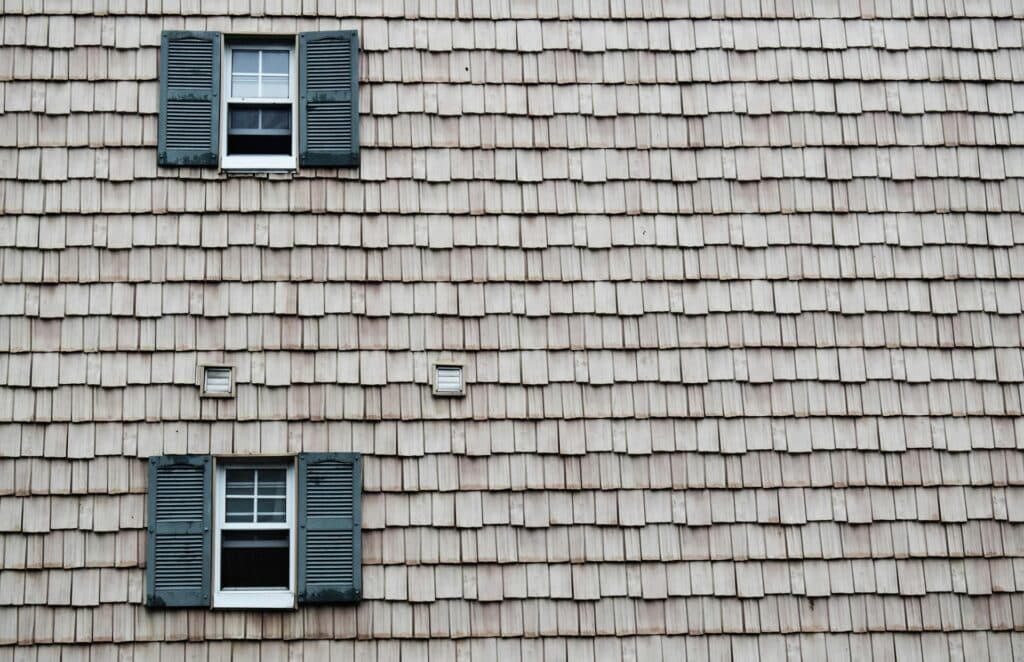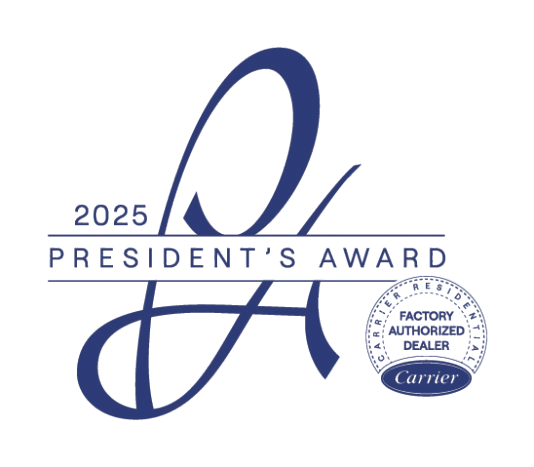
Upgrade Your Home and Keep More of Your Earnings, Every Year Until 2033
Energy-efficient home improvement tax credits aren’t new, but when congress passed the Inflation Reduction Act (IRA) of 2022, it created more opportunities for homeowners to invest in sustainable energy.
This change is unprecedented as one of the most significant homeowner energy tax credit acts yet. And if you stack this tax credit against the other sustainable energy incentives out there, home improvements can really take off.
In order to be eligible for this tax credit you must live in the home you are improving, as your primary residence. Rental properties and newly built homes do not qualify.
What Changed in 2023 When the Bill was Signed into Law?
1. The percentage that a homeowner could claim on their tax return tripled
Jumping from 10% to 30% of qualifying energy-efficient expenses, tax payers are now rewarded at a greater scale.
2. The number of times a homeowner can claim the energy credit increased by 900%
Before 2023, this type of sustainable energy incentive could only be used once. They called it a “lifetime limit” which prevented the sustainable energy movement from gaining any momentum.
Because of this new bill, homeowners are now encouraged to claim these tax credits on every filing within the decade that the bill is active (2023-2033).
It is not retrospective, and needs to be included in your tax filing to be processed.
3. More types of home improvements and services were added
The types of products and services that you can include in your filing increased substantially. Including materials, services, and energy audits that weren’t approved before.
This change considers the scope of what it takes to purchase and prioritize energy-efficient systems in a residential setting.
4. The program was modernized
Previously, tax payers were grateful for any deductions on home expenses, but the limits didn’t offer much relief in the grand scheme of things. New appliances, installation, auditing, and weatherproofing run a high bill.
And with these (often unexpected) upgrades, most of the cost is upfront. This brings on more stress and debt for homeowners that live on a tight budget. And oftentimes they’re left wondering if they should have invested in homeownership at all.
Why was this a problem?
In a country mitigating a steep rise in inflation, many citizens found themselves in a cycle of scarcity.
The previous program didn’t recognize the current socioeconomic obstacles that discouraged energy-efficient commerce. These limitations ultimately defeated the purpose of incentivising tax payers to invest in sustainable energy.

What Changed in 2025?
The Rules Got More Specific.
It takes a little more planning and research to cash in on these incentives.
- All energy-efficient improvements must now be manufactured by specific companies that have been approved and listed clearly by the IRS.
- You, as the homeowner, will need to keep your receipt as record and the exact PIN associated with the product you purchased. You’ll need that PIN when you file your tax paperwork in order to claim the expense.
- There is one type of improvement that is exempt – insulation and air sealing materials/systems don’t need to meet these standards and don’t require a PIN.
- To qualify any labor inclusions in your claim the installer must fit within the federal requirements of this act. This includes your HVAC company. Not all companies or contractors are aware of the perimeters of the Inflation Reduction Act.
Choosing RSC Heating and Air Makes Taking Advantage of These Tax Credits Easy
We know which manufacturers and products fit within the federal standards and take the time to help you choose a system that’s right for your home and budget.
The energy-efficient home improvement tax credit is an exciting discovery for most homeowners, but quickly becomes overwhelming when faced with the level of detail involved.
You’ll gain confidence and clarity in the program and your new energy-efficient system.
- We will confirm your eligibility for energy credits and any additional rebates.
- You’ll receive documentation to prove that the materials and system meet the federal standards from the list of certified manufacturers.
Contact us to explore your energy-efficient HVAC options or call 717-299-3914.
How Much Energy Efficient Tax Credit Can You Claim?
Before 2023:
Homeowners could claim up to $500 in their lifetime.
From 2023-2033:
The qualifying improvements fit into two category limits.
- General Improvements: $1,200 max/year
- High-Efficiency Systems: $2,000 max/year
This allows homeowners to make incremental improvements every year until the program ends.
And it makes it possible to deduct a max of $3,200 in qualifying improvements every single year.
Does this mean that I’ll get a check for $3,200 every year that I invest in my property?
- No, these tax credits only lower your taxes-owed and can not be redeemed to you in the form of a tax return.
- The credits will only ever decrease the homeowner’s taxes-owed to $0 if their taxes-owed break even with maximum category limits they spent.

What Home Improvements are Included in Each Category?
- General Improvements: $1,200 limit
Building Envelope Improvements- reduce overall energy consumption by sealing off any airflow that lets uncontrolled heat move in or out of the home. These products must have “an expected lifespan of at least 5 years,” according to the IRS.
- Insulation and air sealing materials/systems – no limit per item but counts within the “general improvements” category total
- Exterior doors – limit $250 per door, $500 total
- Windows and skylights – limit $600 total
- No labor or installation can be included in the credits within this sub-category like they are in other sub-categories
Residential Energy Property- energy-efficient equipment that must meet or exceed the Consortium for Energy Efficiency (CEE) highest tier (excluding advanced tiers).
- Central air conditioners – limit $600 per item
- Water heaters (natural gas, propane, or oil) – limit $600 per item
- Furnaces and hot water boilers (natural gas, propane, or oil) – limit $600 per item
- Electrical upgrades (panelboards, sub-panelboards, branch circuits, and feeders with a capacity of 200 amps or more) – limit $600 per item
Labor and installation (of items on this sub-category) – included in the per item limit of the product installed

Home Energy Audits- identifies possible energy-efficiency improvements and details which save the most energy and cost the least amount of money.
- Requires a written report and inspection by a certified home energy auditor (qualifications listed in section 25C of the bill)
- Limit $150
2. High-Efficiency Systems: $2,000 limit
Energy Property- These energy-efficient equipment expenses have their own sub-category (and higher annual limits) because of their size. They require “purchase price adjustments” to be subtracted from the cost of the item before calculating the credit amount that you can claim (ex. rebates and subsidies).
- Heat pumps (electric or natural gas) – limit $2,000 per item
- Heat pump water heaters (electric or natural gas) – limit $2,000 per item
- Biomass stoves (with a thermal efficiency rating of 75% or more) – limit $2,000 per item
- Biomass boilers (with a thermal efficiency rating of 75% or more) – limit $2,000 per item
- Labor and installation (of items on this sub-category) – included in the per item limit of the product installed

Are you looking for an HVAC solution that uses the heat of the earth to manage the temperature of your home?
The Energy-Efficient Home Improvement Credit includes geothermal heat pumps as an eligible high-efficiency system.
Read about geothermal energy and why it’s an ideal addition to your energy-efficiency objective.
Make Sure Your Purchase Qualify Before You Buy
There are guidelines for every category that aren’t detailed in this article.
You, as the homeowner, must take the time to research the federal requirements for every item you purchase and the company you hire to install the item. Not all products and installers comply with the legislation.
You can find this information on the IRS’ website.
Want some guidance? RSC Heating and Cooling knows which systems qualify for this tax credit. Get in touch for help!
Summary of the Impact that The Inflation Reduction Act (IRA) of 2022 Has Had on Citizens
This change in legislation opened doors wide enough for homeowners to rid themselves of dated fossil fuels and old appliances that were at risk of sudden failure. On top of the opportunities already mentioned, this change catalyzed an influx of sustainable energy features in homes across the United States.
Making safe, renewable, and more affordable energy accessible to US taxpayers for decades to come.
There are many eco-friendly options out there when it comes to upgrading your HVAC system.
Here’s a list of our green products that are available to install on your residential property.
More Energy-Efficient Incentive Programs in PA
There are other programs and rebates out there that are unrelated to the The Inflation Reduction Act (IRA) of 2022.
- State Level Programs: Many states offer energy-efficiency incentives like rebates, tax credits, or performance-based programs. You can visit the Database of State Incentives for Renewables and Efficiency (DSIRE) for current Pennsylvania-specific opportunities.
- Utility Company Rebates: Your local utility provider likely offers cash rebates or bill credits after installing qualified energy-efficient equipment. They may offer free or subsidized home energy assessments as well as demand response programs that will credit your bill for lowering your energy use during peak hours.
- Manufacturer Promotions & Discounts: Instant rebates, free upgrades, and no-cost extended warranties are among the available promotions. These are often offered during the spring and fall seasons for a limited time.
- 0% Interest Financing: Paying for upgrades through these types of partnered programs make homeownership easier and annual federal tax credits more accessible. At RSC Heating and Cooling, we partnered with Wells Fargo to make 0% financing available to the majority of our clients.
- Other Financing and Energy-specific Loans: PACE programs (Property Assessed Clean Energy) allows repayment through your property taxes and many local banks and credit unions finance green energy home loans.
- U.S. Department of Energy Home Energy Rebates Programs Managed by the state: Check out the Home Efficiency Rebates (HER) or Home Electrification and Appliance Rebates (HEAR) for more information.
- Other available Tax Deductions: The Residential Clean Energy Credit (Section 25D) covers solar panels, battery storage, and geothermal systems at a 30% credit.
Still have questions?
We want you to get the most out of your HVAC system and that means understanding your options. Give us a call at 717-299-3914 or use the button below to schedule an estimate.




